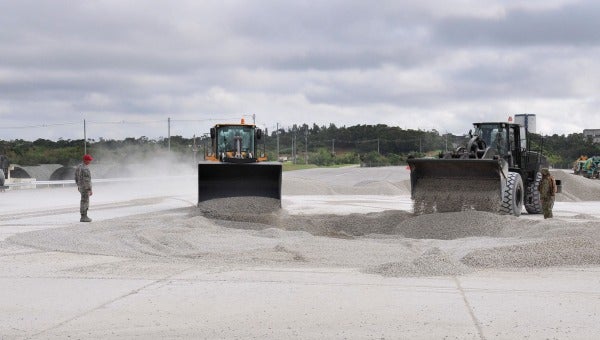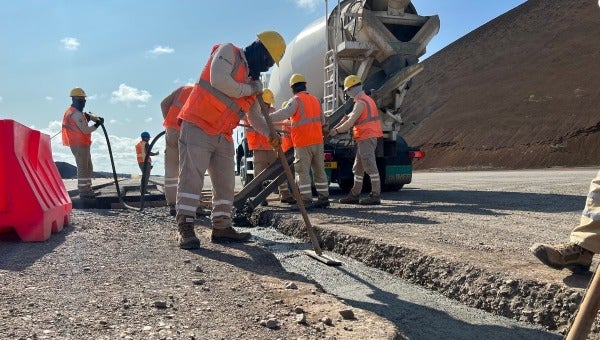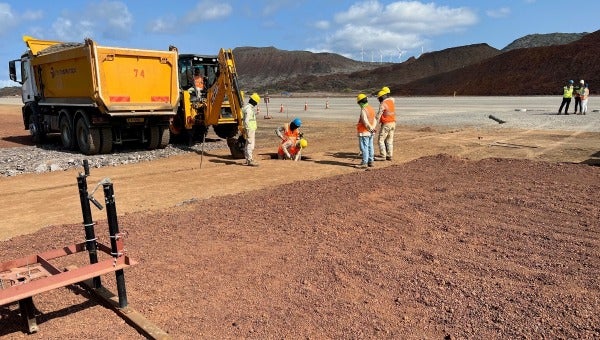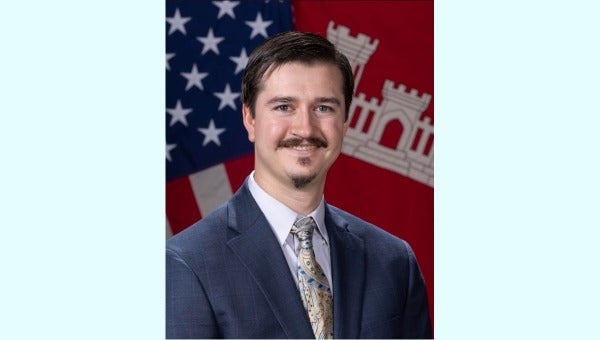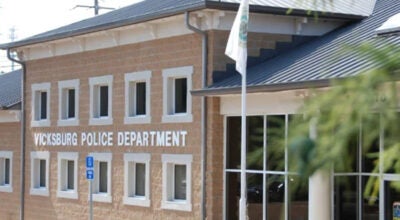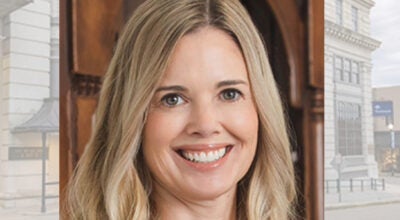ERDC research engineer awarded SEED grant
Published 1:34 pm Monday, September 26, 2022
A researcher from the U.S. Army Engineer Research and Development Center’s (ERDC) Geotechnical and Structures Laboratory (GSL) has been awarded funds through the Science, Mathematics and Research for Transformation (SMART) Scholar Seed Grant (SEED) Program.
Research Mechanical Engineer Dr. George Stubblefield was one of 21 grant awardees named from across the Army, Navy, Air Force and other Department of Defense (DOD) agencies. This grant will support Stubblefield’s smooth particle hydrodynamics research.
The SMART Scholar SEED Grant program aims to develop a cadre of future DOD subject matter experts who will conduct high-impact research at SMART sponsoring facilities. The program awards research grants worth up to $100,000 per year for a maximum of three years to promising SMART scholars as they transition from the pursuit of their advanced degrees to become active DOD professionals.
The SMART Scholar SEED Grant program provides opportunities for scholars who have pursued a SMART-funded doctoral degree to lead independent research in a DOD critical technology area while receiving valuable mentoring from the Nation’s best researchers within DOD laboratories.
“I’m extremely honored to have received this grant,” Stubblefield said. “This will have a tremendous impact on my career by providing funding for research that I’m passionate about, while also affording me the opportunity to receive valuable mentorship.”
Stubblefield will use the grant to help fund his research into minimum base layer thickness requirements for DOD airfields. Currently, the criterion for base layer thickness is conservative, meaning construction costs are going to be higher because of excess base layer material being placed on airfields.
The goal of the airfield base layer is to distribute wheel loads widely and evenly across the soil beneath it. The effectiveness of the base layer to bear loads is known as the bearing capacity. When base layers are too thin, the bearing capacity will be too low. As material is added to the base layer, the bearing capacity will increase, but at a certain point, it will plateau.
“Through computer modeling, I am wanting to simulate the bearing capacity test under a variety of conditions to determine how much material should be added until the bearing capacity stops increasing. This is the minimum thickness that is required,” said Stubblefield.
Stubblefield noted that there is the potential for this research to provide a cost savings to the DOD. The conservative method currently being used adds excess material to the base layer of airfields. Using a more precise technique, like Stubblefield suggests, will place the minimum amount of material needed to achieve the target bearing capacity, possibly saving on construction costs.
“In addition to the potential savings to construction costs, the code I’m developing does not have to stop with this project,” Stubblefield said. “This could be used to look at a number of soil mechanics problems, such as looking at stresses in the subgrade or the base layer or looking at how a tire interacts with recently backfilled material after crater repair. Eventually, I hope to use this model beyond the original scope of this project.”
“I want to congratulate George on being one of 21 recipients of the SMART Scholar SEED Grant Program,” said Anna M. Jordan, ERDC-GSL Airfields and Pavements Branch chief. “This grant will give Dr. Stubblefield an opportunity to continue growing his expertise in the area of computational modeling of smoothed particle hydrodynamics that will not only benefit the work that he is doing for GSL but also for ERDC and the DOD.”


